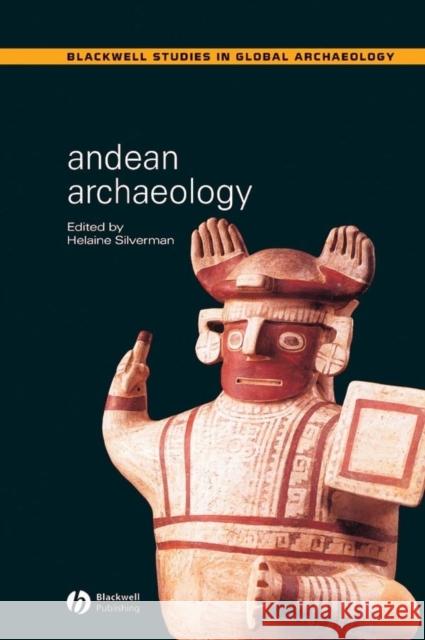Andean Archaeology » książka
topmenu
Andean Archaeology
ISBN-13: 9780631234012 / Angielski / Miękka / 2004 / 360 str.
Andean Archaeology
ISBN-13: 9780631234012 / Angielski / Miękka / 2004 / 360 str.
cena 230,33
(netto: 219,36 VAT: 5%)
Najniższa cena z 30 dni: 228,44
(netto: 219,36 VAT: 5%)
Najniższa cena z 30 dni: 228,44
Termin realizacji zamówienia:
ok. 30 dni roboczych.
ok. 30 dni roboczych.
Darmowa dostawa!
This book provides an introduction to one of the most fascinating and well-known centers of ancient civilization.
- Explores the rise of civilization in the Central Andes from the time of the region's earliest inhabitants to the emergence of the Inca state many thousands of years later.
- Comprised of 13 newly commissioned chapters written by leading archaeologists representing current thinking in the field.
- Presents the central debates in contemporary Inca and Andean archaeology.
- Progresses chronologically and culturally to reveal the processes by which multiple Andean societies became increasingly complex.











